-
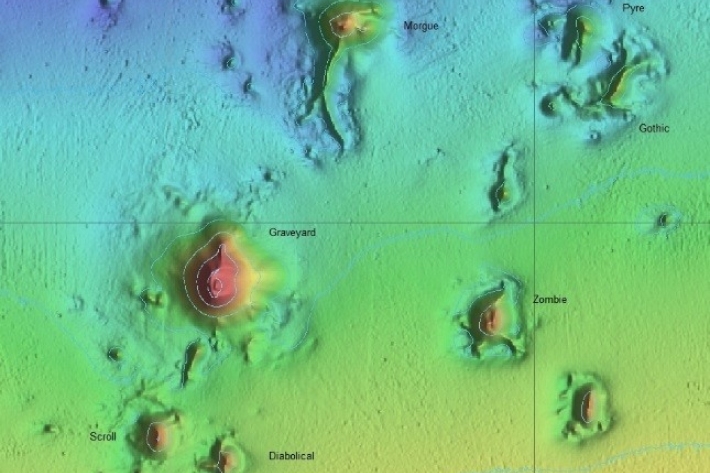
2020 - Seamount Communities
VoyageSeamounts, knolls, and hills are prominent features of underwater topography in the New Zealand region and are often sites of high biodiversity and productivity. -

2020 - Campbell Plateau biodiversity
A team of scientists and crew headed to the Campbell Plateau south of New Zealand onboard R.V. Tangaroa to conduct a deep-sea camera survey of the seabed to better understand the biodiversity of seabed habitats in commercial fishing areas. -

Tubeworm discovery in Hauraki Gulf cause for celebration
Media release19 March 2020Scientists mapping the Hauraki Gulf seafloor have discovered huge colonies of tubeworms up to 1.5 metres high and collectively covering hundreds of metres providing vital habitats for plants and animals. -

2020 - Deep Sea Benthos
VoyageSedimentation effects-the Resilience Of deep-sea Benthos to the Effects of Sedimentation (ROBES). -

Voyage Update 5: sampling rattails and exploring vulnerable coral habitats in the MPA
3 February 2019. By Voyage Leader Dr Richard O'Driscoll. -
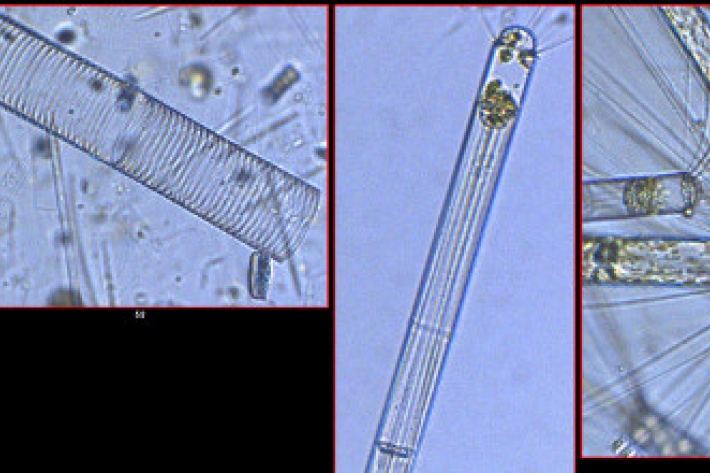
Voyage Update 3: Phytoplankton producers powering the world
23 January 2019. By Voyage Leader Dr Richard O'Driscoll. -
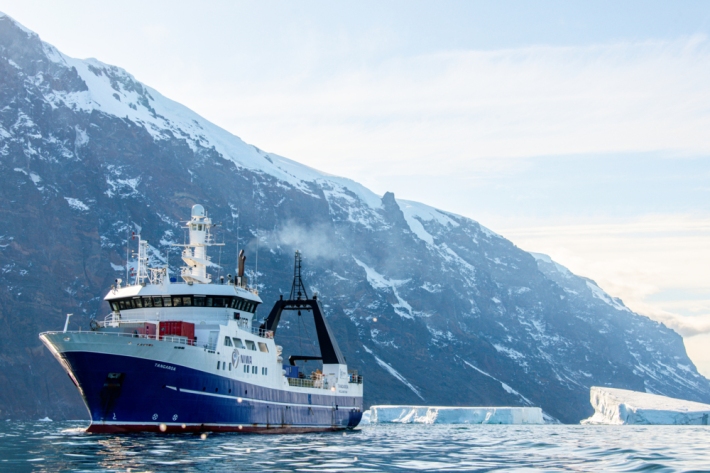
The Ross Sea Region Research and Monitoring Programme
Research ProjectThe Ross Sea Region Research and Monitoring Programme (Ross-RAMP) is a five-year research programme funded by the Ministry of Business, Innovation and Employment (MBIE) and run by NIWA to evaluate the effectiveness of the Ross Sea Marine Protected Area. -
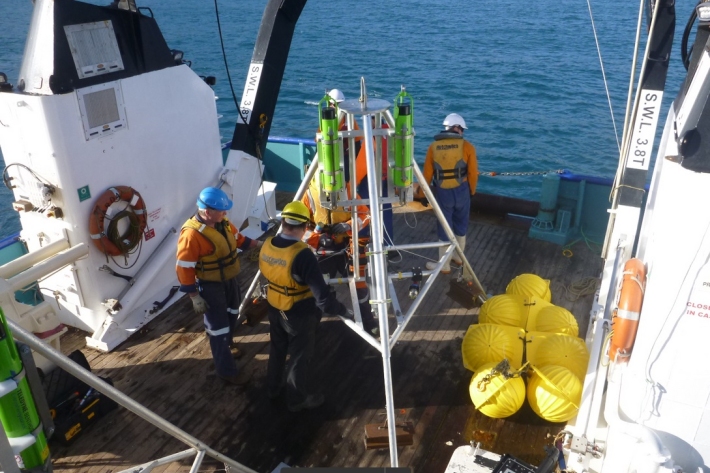
NIWA undertakes an ambitious, complex seabed experiment
Media release07 May 2018One of the most challenging scientific underwater experiments ever attempted by NIWA is taking place this month on the Chatham Rise. -
2018 - Chatham Rise seabed
VoyageThe R V Tangaroa headed to the Chatham Rise from 9 May to 7 June 2018 to measure and monitor the effects of seabed disturbance on sealife. -
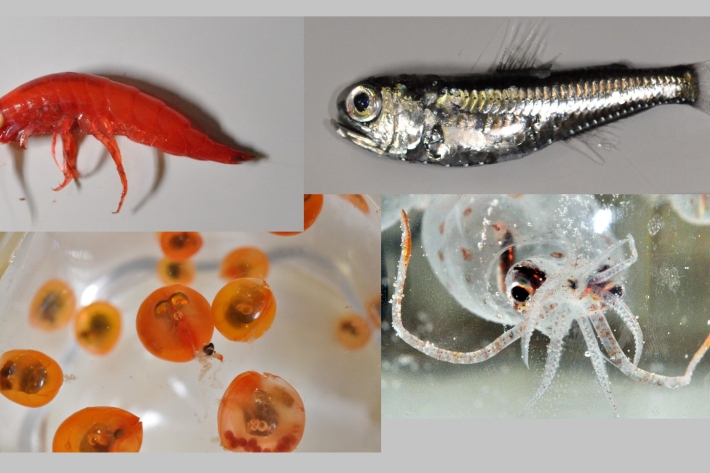
Blog: The inhabitants of the twilight zone of the open-ocean - 15 March
15 March 2018
Think about a futuristic world where at night time, people use different kind of self-propelled vehicles to hover across cities, illuminating the skies with different colours and shapes, while transiting around them. -
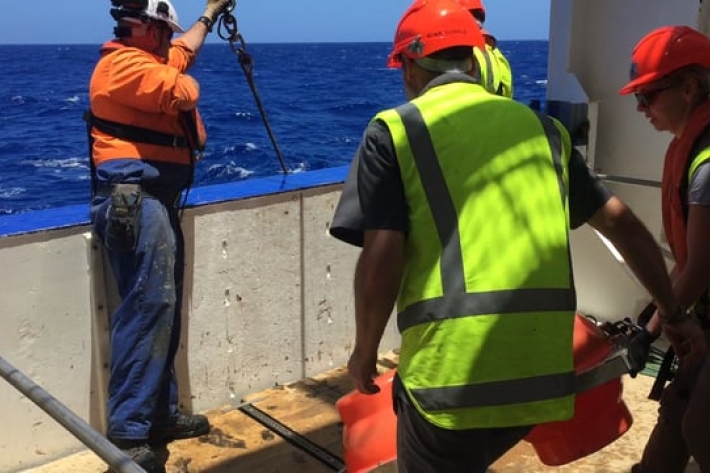
Wire deployed corer floats being retrieved
Wire deployed corer floats being retrieved on board the RV Tangaroa. The corer sampled sediments at 9994 metre depths in the Kermadec Trench. -
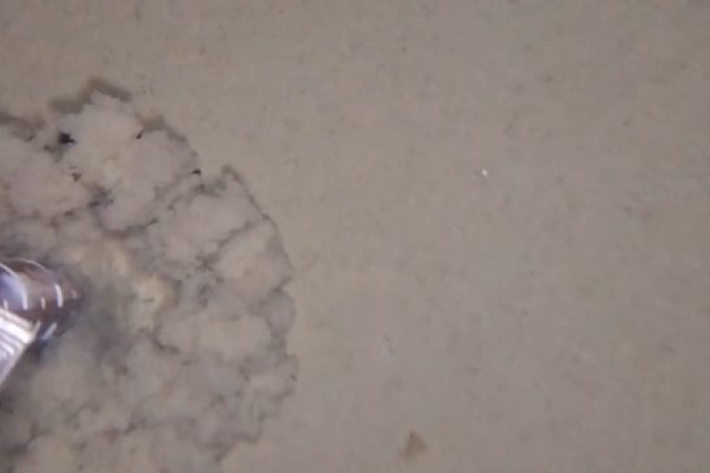
ST47 9990m landing
Wire deployed corer landing at 9994 metre depth in the Kermadec Trench. Deployment and retrieval on board the RV Tangaroa.

